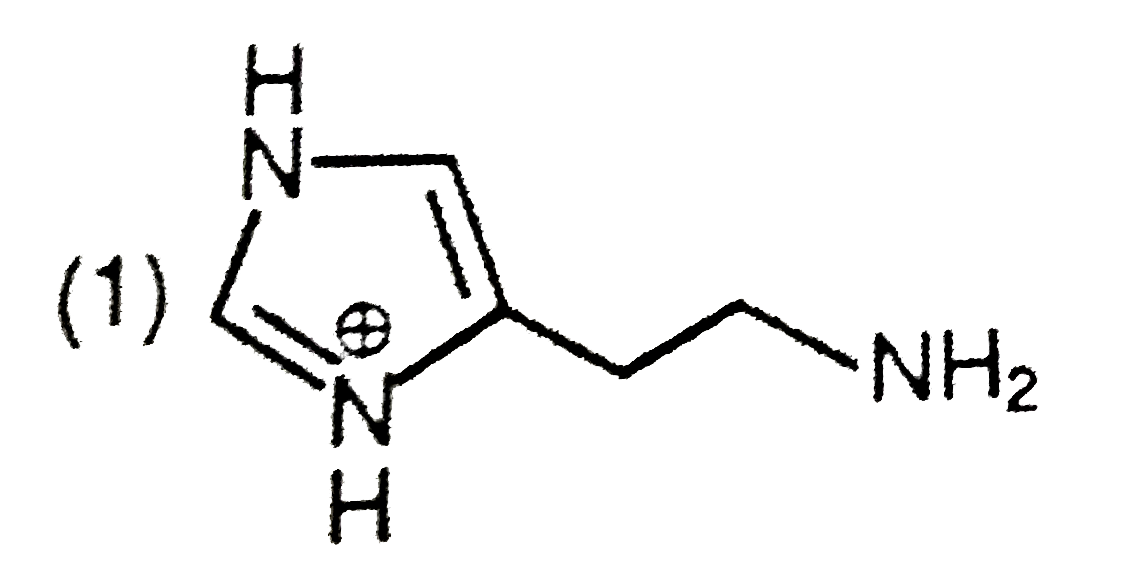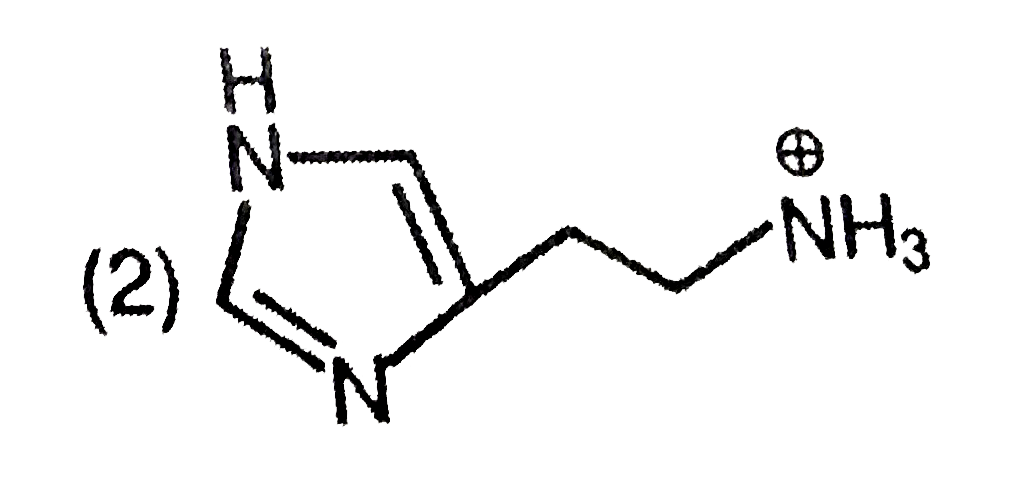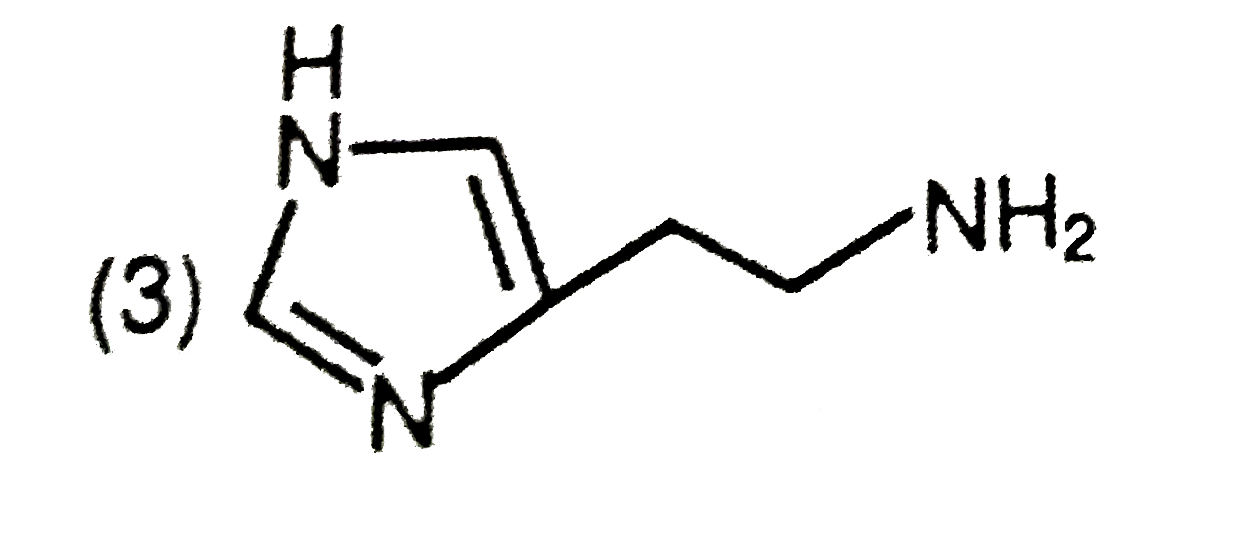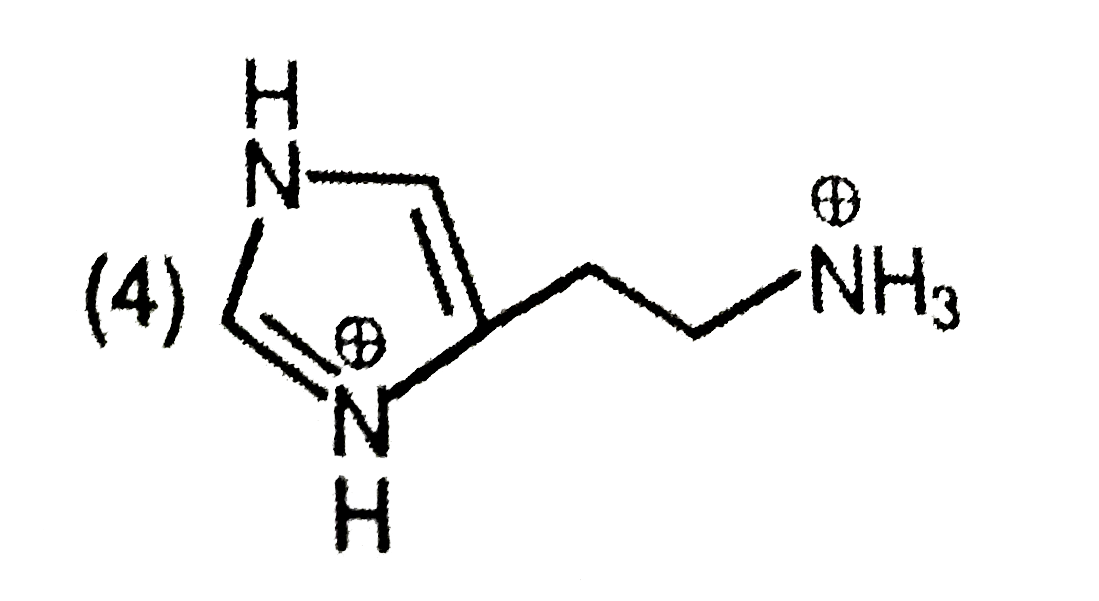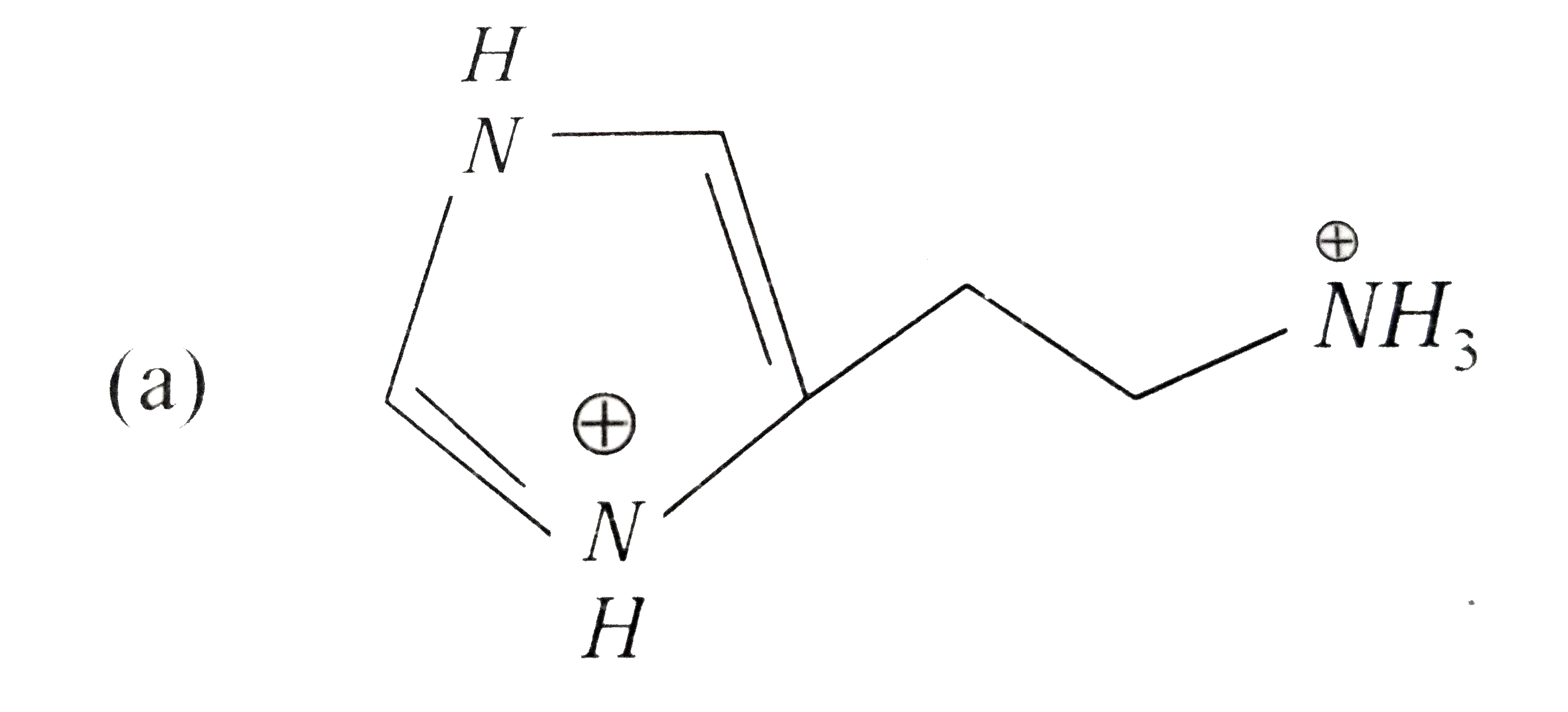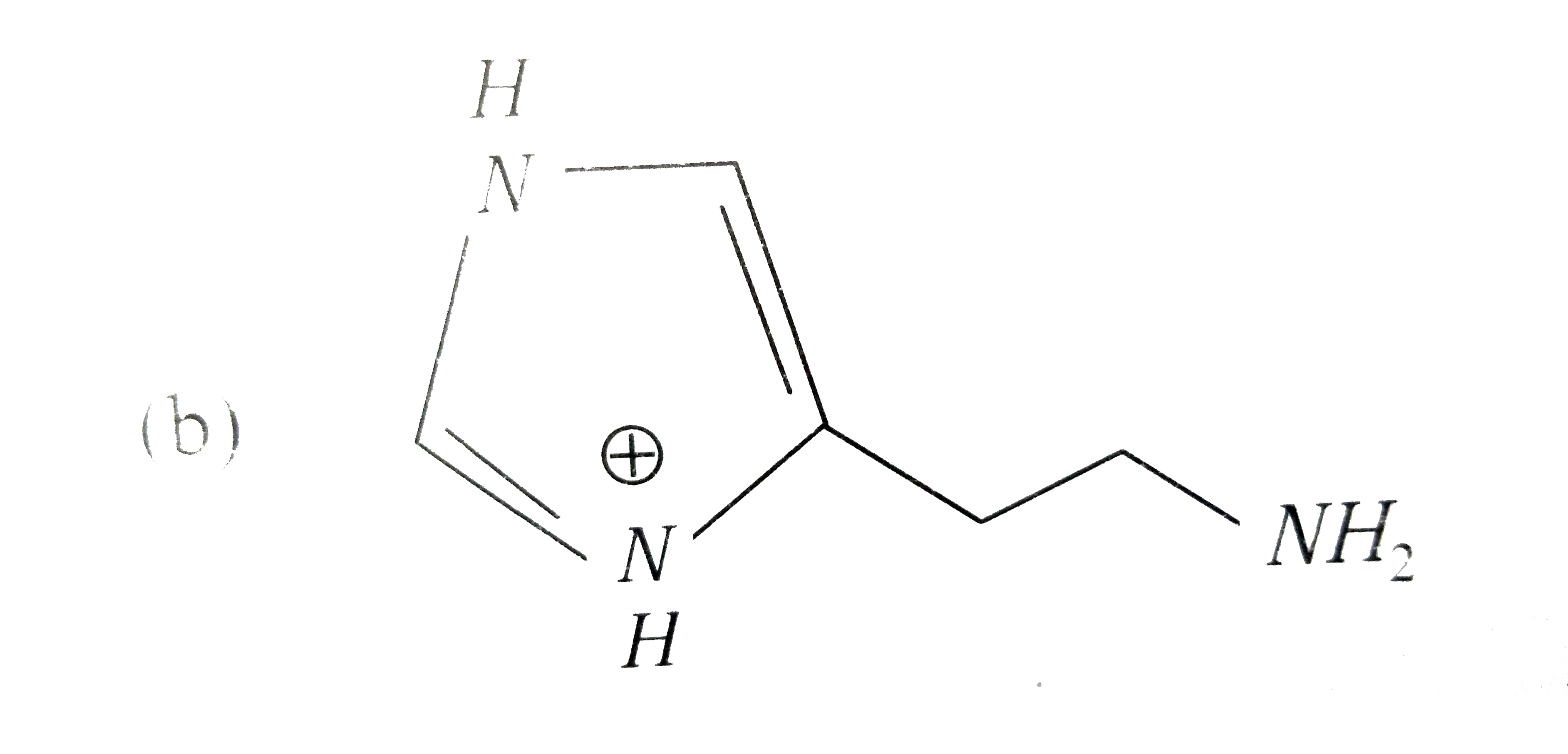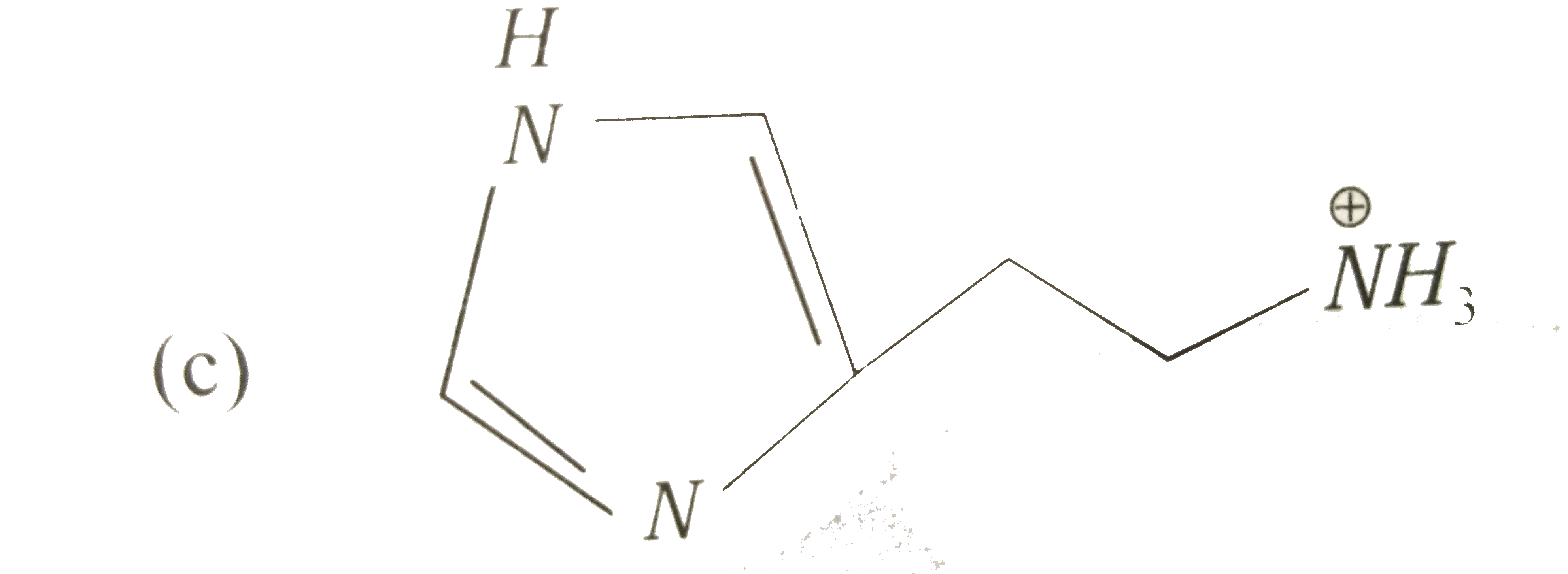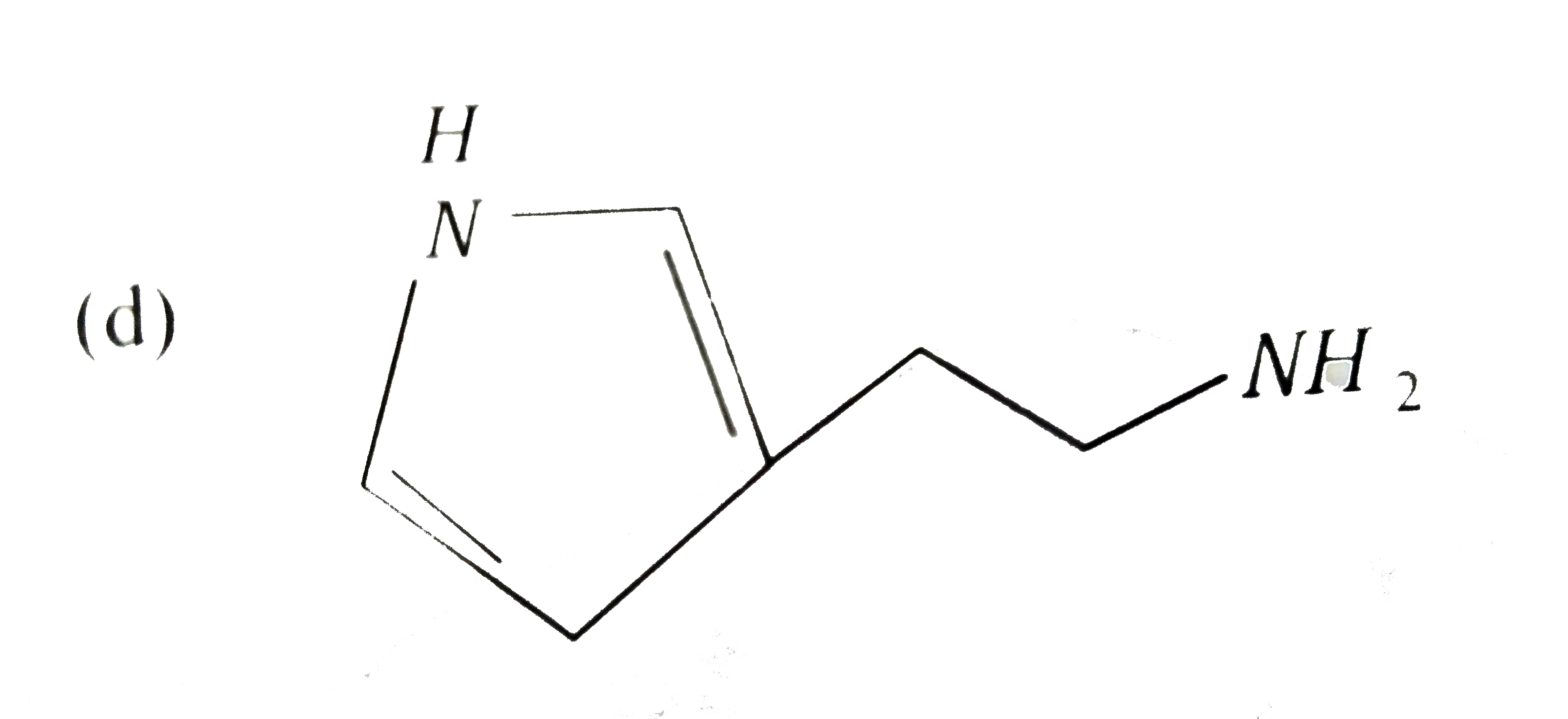A
B
C
D
Text Solution
AI Generated Solution
The correct Answer is:
|
Topper's Solved these Questions
CHEMICAL KINETICS
DISHA PUBLICATION|Exercise EXERCISE 2 : CONCEPT APPLICATOR|30 VideosView PlaylistCLASSIFICATION OF ELEMENTS AND PERIODICITY IN PROPERTIES
DISHA PUBLICATION|Exercise Exercise -2 : Concept Applicator|1 VideosView Playlist
Similar Questions
Explore conceptually related problems
Knowledge Check
Similar Questions
Explore conceptually related problems
DISHA PUBLICATION-CHEMISTRY IN EVERDAY LIFE -Exercise
- The correct match between items of List - I and List - II is :
04:43
|
Play - The predominant form of histamine present in human blood is (rho K...
02:21
|
Playing Now - Which of the following is a bactericidal antibiotic?
02:30
|
Play - Which of the following is an anionic detergent?
04:09
|
Play - Which artificial sweetener contains chlorine?
02:34
|
Play - Which of the following compounds is not an antacid?
02:16
|
Play - Which one of the following is used as Antihistamine?
03:49
|
Play - Aminoglycosides are usually used as :
02:21
|
Play - An anitpyretic is
03:01
|
Play - Salol can be used as
01:28
|
Play - Which one of the following is employed as a tranquilizer ?
01:13
|
Play - Terfenadine is commonly used as a/an
01:49
|
Play - Tranquillizers are substances used for the treatment of :
01:21
|
Play - Which of the following is used for inducing sleep?
02:34
|
Play - Chloramine - T is a/an.
03:06
|
Play - Penicilin was first discovered by .
02:10
|
Play - Which of the following terms means pain killer ?
02:24
|
Play - Which of the following hormones is produced under the conditions of st...
02:25
|
Play - Arsenic containing medicine used for the treatment of syphilis is...
02:34
|
Play - Which of the following is an insecticide?
01:27
|
Play




